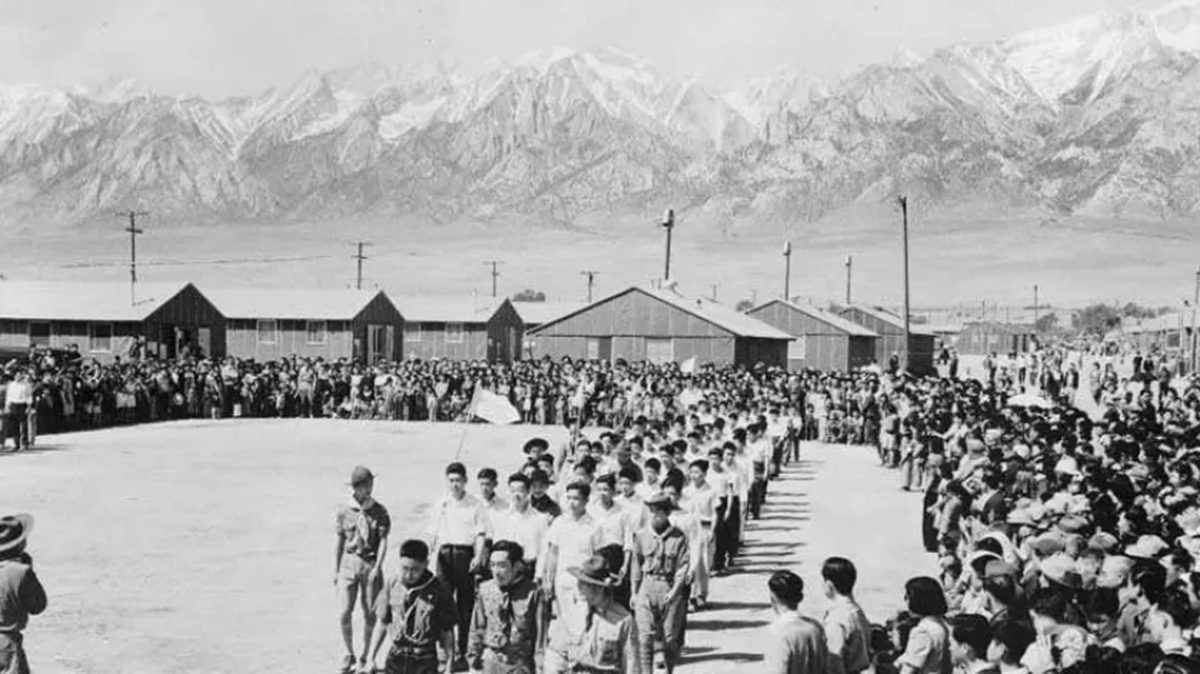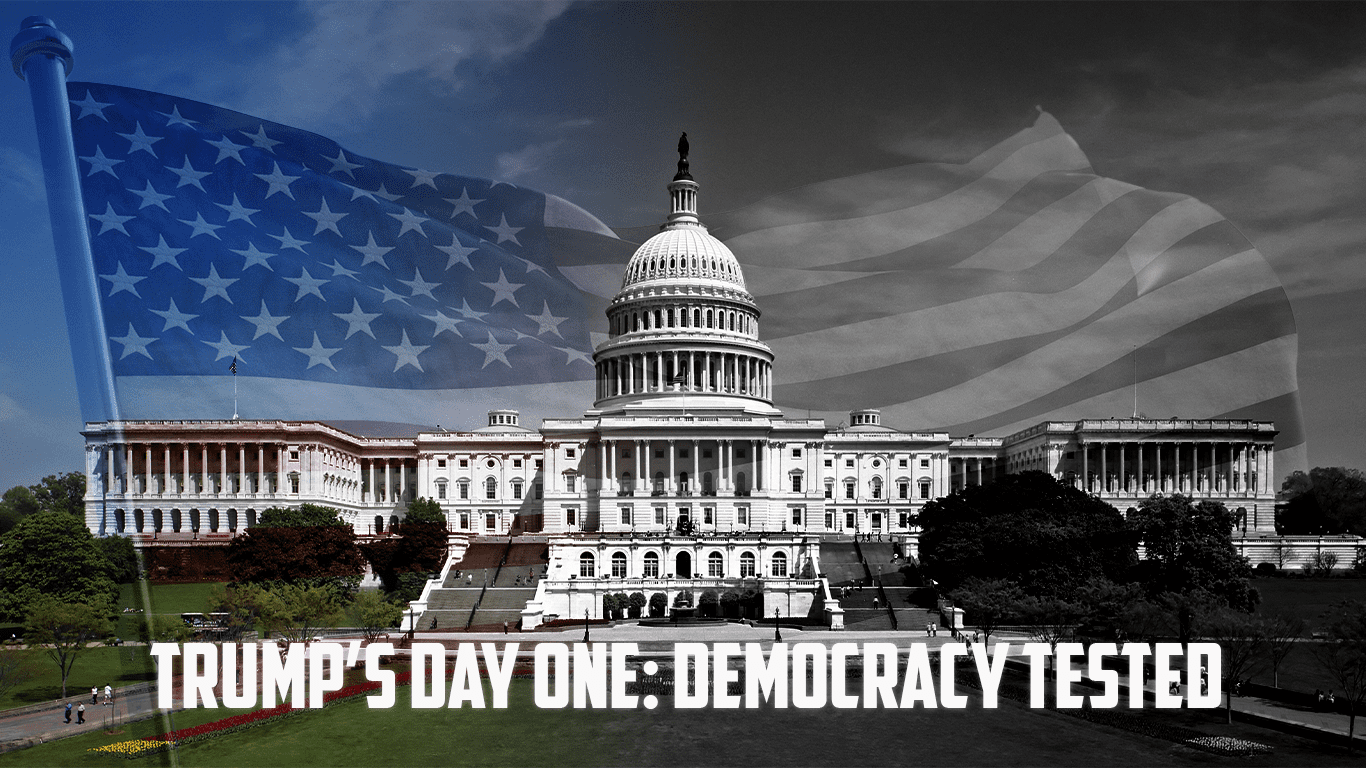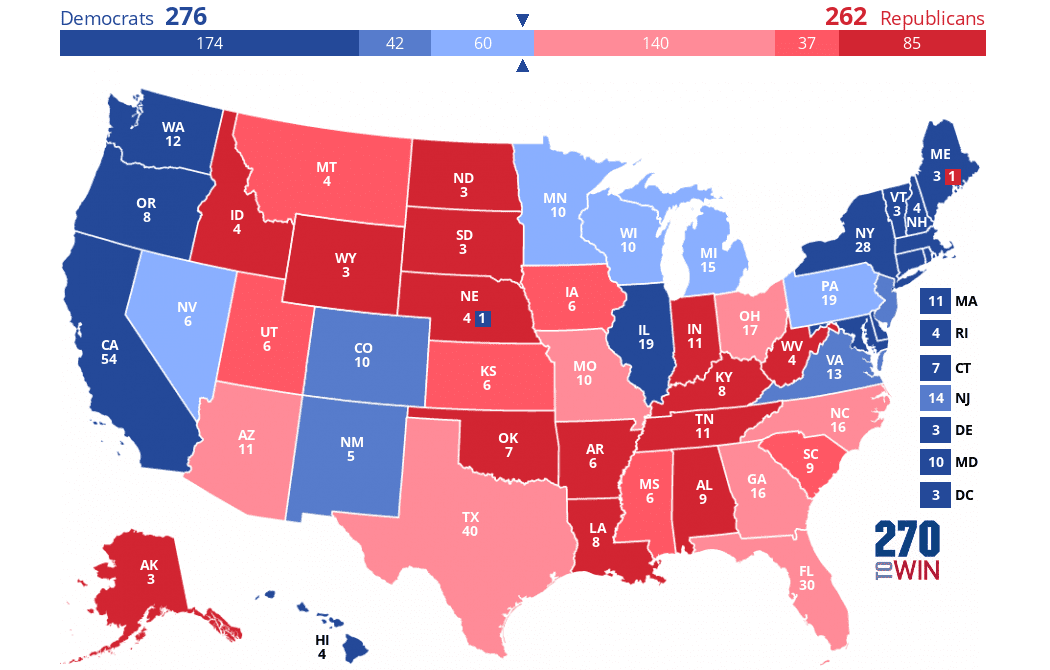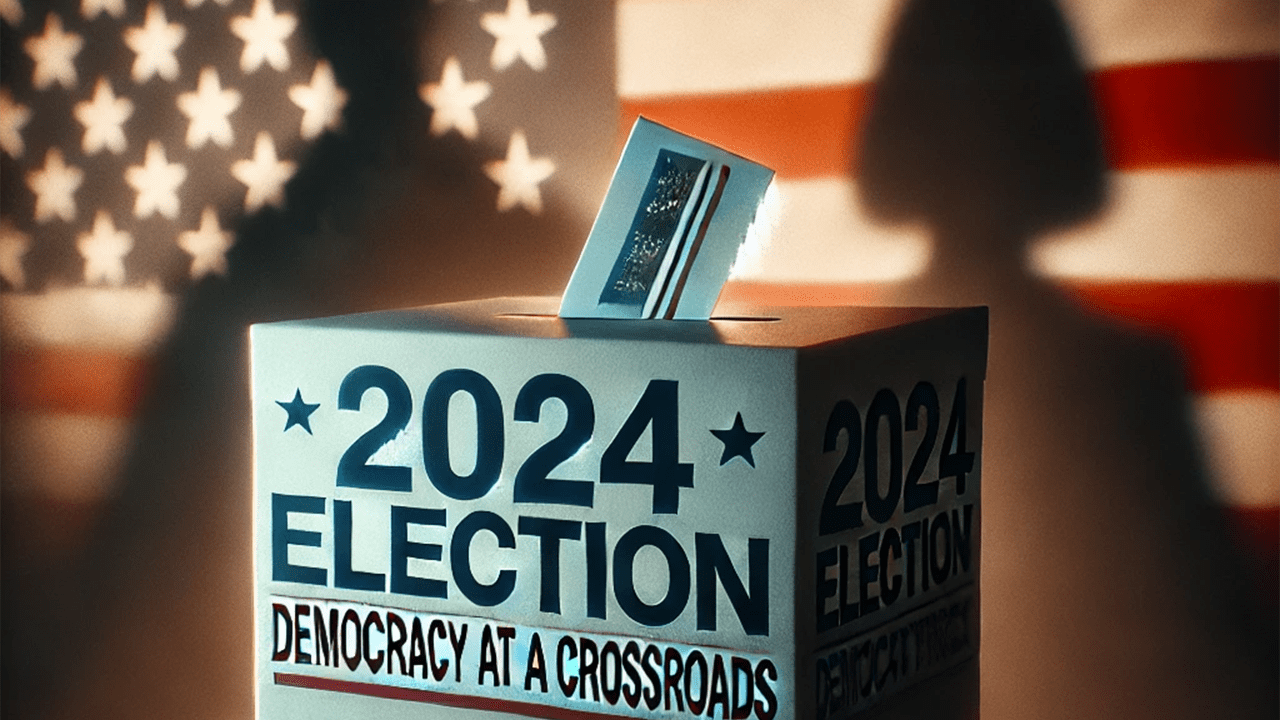It starts in childhood, the creature under the bed or hiding in the closet, the stranger to whom you shouldn’t talk. We are taught from a young age to be afraid of things we don’t know, and that lesson extends into adulthood. In politics, the “bogeyman” or “boogeyman”, regardless of whether you are conservative or liberal, Democrat or Republican, the news and social media report stories of things that may go bump in the night.
Once a government is committed to the principle of silencing the voice of opposition, it has only one way to go, and that is down the path of increasingly repressive measures, until it becomes a source of terror to all its citizens and creates a country where everyone lives in fear.
Harry S. Truman
Special Message to the Congress on the Internal Security of the United States
August 8, 1950
It seems that over the last two decades, at least while I have been following politics, there is this infatuation with terms like “fear-mongering” thrown between the two parties. However, the bogeyman of the 40s to the 60s encompassed a group, but then evolved to a singularity. It’s a way to get people to hate the other side without really talking about any policy or platform. It allows politicians to skirt around important issues and make it all about emotion. We need to move away from hate-based politics and start having real discussions about the future of our country.
What is the role of the bogeyman in American politics?
Fear mongering in US politics has become an unfortunate staple in recent years. Hate-based politics allows politicians to avoid discussing policy and instead, play on people’s emotions to get them worked up about the other side. Fear is a powerful motivator. This does nothing but breed division and hate. People cast their vote based on messages of hate, attempting to protect their families from perceived threats from others opposed to their view of the world.
Fear and anger were constants during the Trump administration. Fear has always been a key component of Trump’s political strategy. Every time the former President spoke, he somehow worked in these elements. On immigration, President Donald Trump stated, “countless innocent American lives have been stolen because our politicians have failed in their duty to secure our borders.”

On security within the United States, “the attacks on our police, and the terrorism in our cities, threaten our very way of life”. He would add on the fabricated discussions of Critical Race Theory, “Getting critical race theory out of our schools is not just a matter of values, it’s also a matter of national survival. We have no choice, the fate of any nation ultimately depends upon the willingness of its citizens to lay down and they must do this, lay down their very lives to defend their country. If we allow the Marxists and Communists and Socialists to teach our children to hate America, there will be no one left to defend our flag or to protect our great country or its freedom.”. The list could go on and on. However, this is a change in the political landscape.
How has the bogeyman changed over time?
In the past, fearmongering and the politics of hate typically forced the average American to look across the seas, not across the street. This is not a product of Trumpism, it is just during Trump’s term that this has become more politically acceptable. Forty years ago, voters when polled about the opposite party, they felt OK-ish about them. Democrats didn’t hate Republicans, and Republicans didn’t hate Democrats. This is no longer the case. The hate has grown, and with it so has the fear.
After the bombing of Pearl Harbor in December 1941, there was a surge of anti-Japanese sentiment throughout America. Following the attack, the Roosevelt Administration implemented a harsh policy against Japanese Americans, two-thirds of whom were born and reared in the United States. They were forced to leave their homes and relocate to camps until the conflict was over.
Communism was another anchor point for fear. Following World War I, the Red Scare was sparked by concerns about American labor unions. The rise of the Soviet Union and the spread of communism around the world also heightened fears about subversion from within. In 1954, Joseph McCarthy, a senator from Wisconsin, began a campaign to root out communists in the federal government, Hollywood, and other sectors of American society.
However, in the 1960s, a new fear was unleashed, the white backlash. The term “white backlash” came to represent a reversal in which white people with relative social power regarded themselves as victims of overly aggressive African Americans demanding equal rights. Being woke in Harlem meant that you were consciously awake, well-informed, and up to date. These ‘backlashes’ would appear over and over in the 1970s regarding the women’s movement, 1990s in the gay-rights movement, anti-Muslimism sentiment post 9/11, 2010s regarding illegal immigration, and 2016 anti-the-other-party.
Why do politicians use the bogeyman to scare people into voting for them?
The answer is simple, hate works. It’s an easy way to get people riled up and motivated. When people are afraid, they are more likely to vote for the party that is promising to protect them. Fear also allows politicians to avoid having real discussions about the issues.
It’s easier to demonize your opponent than it is to have a real discussion about differing ideologies. Your opponent is your next-door neighbor, whose views differ from yours. Such political divisiveness removes any chance of debate at the neighborhood fence. The power of short soundbite, which reinforces our political narratives, is greater than civility.
In our current political landscape, Trumpian candidates like Kevin McCarthy and Jim Lamont (candidate from Arizona for Congress) describe people fleeing from Central and South America to the United States as “invaders”. Using the term “invaders” rather than refugees invokes the necessity of the use of military force rather than humanitarian relief.

Mallory Staples (“Maga Mom” from Georgia and a candidate for the U.S. House of Representatives) uses terms such as “liberal, radical, left” coupled with Critical Race Theory (CRT), as a call to arms to justify the Second Amendment.
The rhetoric used by Staples and Lamont is particularly interesting. These political campaigns target other Republicans competing against them in primary elections, attempting to seal the Trumpian conservative base, rather than the majority of the voting public.
What can we do to move away from hate-based politics and start having real discussions?
So where do we sit in 2022? Are we on a new backlash? In the 1960s and 1970s, there were many state and federal laws that tried to undermine the equal rights of African Americans and women. In 2022, we have chosen a different but more dangerous path. We have connected fear and anger against our next-door neighbors. Our state legislatures are writing laws that attempt to solve problems that don’t exist. States are passing laws about CRT, a subject not taught in schools, with one purpose and one purpose only, to cause fear.
Based on the 2020 elections, other states are passing laws that would suggest that President Biden was not fairly elected to the Office of the Presidency. Florida just passed a bill banning certain schoolbooks they claimed contained racially motivating text. This can be nothing clearer than another example of white backlash. Florida also passed a law falsely claiming that schools are teaching about sexuality and sexual orientation. All of these laws are backlashes of some sort. Americans are becoming more and more divided, and the enemy that was once across the seas is across the street. The use of violence instead of the rhetoric of words has become normalized.
The role of fear in politics is nothing new, but it has taken on a new and dangerous form in the United States in recent years. Hate-based politics have become an easy way to motivate people, and they are tearing our country apart. We need to start having real discussions about the issues if we want to move forward as a nation. Let’s put an end to the fear-mongering and start working together for the good of all Americans.
Resources
“About Me: Staples for Congress.” Staplesforcongress. Accessed May 1, 2022. https://www.staplesforcongress.com/aboutme.
Abrajano, Marisa, and Zoltan Hajnal. White Backlash: Immigration, Race, and American Politics. Princeton: Princeton University Press, 2017.
“Fear: A Powerful Motivator in Elections.” American Psychological Association. American Psychological Association, n.d. Accessed May 1, 2022. https://www.apa.org/news/apa/2020/fear-motivator-elections.
Ball, Molly. “Donald Trump’s Campaign Is Based on Fear.” The Atlantic. Atlantic Media Company, May 9, 2020. Last modified May 9, 2020. Accessed May 1, 2022. https://www.theatlantic.com/politics/archive/2016/09/donald-trump-and-the-politics-of-fear/498116/.
“Full Text: Donald Trump 2016 RNC Draft Speech Transcript.” POLITICO. Accessed May 1, 2022. https://www.politico.com/story/2016/07/full-transcript-donald-trump-nomination-acceptance-speech-at-rnc-225974.
Glickman, Lawrence. “How White Backlash Controls American Progress.” The Atlantic. Atlantic Media Company, May 22, 2020. Last modified May 22, 2020. Accessed May 1, 2022. https://www.theatlantic.com/ideas/archive/2020/05/white-backlash-nothing-new/611914/.
Hill, Frank. “Hill: The Role of the Boogeyman in American Politics.” The North State Journal. Last modified October 13, 2021. Accessed May 1, 2022. https://nsjonline.com/article/2021/10/hill-the-role-of-the-boogeyman-in-american-politics/.
“Japanese-American Incarceration during World War II.” National Archives and Records Administration. National Archives and Records Administration, n.d. Accessed May 1, 2022. https://www.archives.gov/education/lessons/japanese-relocation.
Leedrutman. “How Hatred Came to Dominate American Politics.” FiveThirtyEight. FiveThirtyEight, October 5, 2020. Last modified October 5, 2020. Accessed May 1, 2022. https://fivethirtyeight.com/features/how-hatred-negative-partisanship-came-to-dominate-american-politics/.
Return to THE AGE OF EISENHOWER landing page. “McCarthyism and the Red Scare.” Miller Center. Last modified March 3, 2020. Accessed May 1, 2022. https://millercenter.org/the-presidency/educational-resources/age-of-eisenhower/mcarthyism-red-scare.
Wagner, John, and Mariana Alfaro. “Post Politics Now: On Trip to Border, McCarthy Deflects Questions about Trump and Jan. 6.” The Washington Post. WP Company, April 25, 2022. Last modified April 25, 2022. Accessed May 1, 2022. https://www.washingtonpost.com/politics/2022/04/25/mccarthy-border-trump-biden/.









